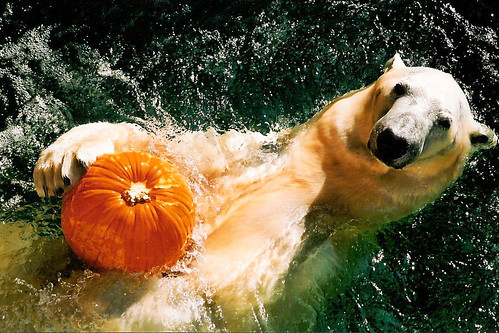The surprising stargazing reasons we celebrate Halloween this time of year
Halloween #Halloween

Still stuck on Halloween costume ideas for this year? You might consider being an astronomer as an homage to this holiday’s celestial origins.
While we may associate October 31 with tricks and treats, Halloween, or All Hallows’ Eve, actually evolved out of ancient humans’ understanding of the seasons and what was happening with the stars — including our biggest local star, the sun, according to the astronomy site EarthSky.
For starters, Halloween is rooted in the Celtic harvest festival of Samhain (pronounced “sah-win”), which was held around one of four “cross-quarter” days that marked midway points between the equinoxes and the solstices each year.
Halloween’s date, now fixed by tradition on October 31, falls roughly halfway between the autumnal equinox and the winter solstice. For ancient people these important time markers, determined by the changing positions of the sun, were often celebrated as sacred dates honored by festivals, rites and rituals.
In fact, the other cross-quarter days of the year are still observed in the modern era. Those dates are February 2 (celebrated as the Christian festival of Candlemas, the Celtic holiday Imbolc, or the observance of Groundhog Day), May 1 (commemorated as May Day, or the Celtic holiday Beltane), and August 1 (the harvest festival known as Lammas).
But the sun’s position in the sky isn’t the only celestial connection to Halloween. Some sources say that the original observance of Samhain was timed to when the bright star cluster Pleiades, also known as the “Seven Sisters,” reached its highest point in the sky right at midnight.
If you’d like to gaze upon the Pleiades for yourself, you can find its distinct fuzzy blue glow by looking upward and to the right of the constellation Orion’s belt (just make sure you’re in an area with very dark skies). Don’t worry if you’re too tied up with Trick-or-Treating on Halloween to look for the Pleiades that night; this unmistakable frosty-hued asterism will be shining all night long throughout the month of November.